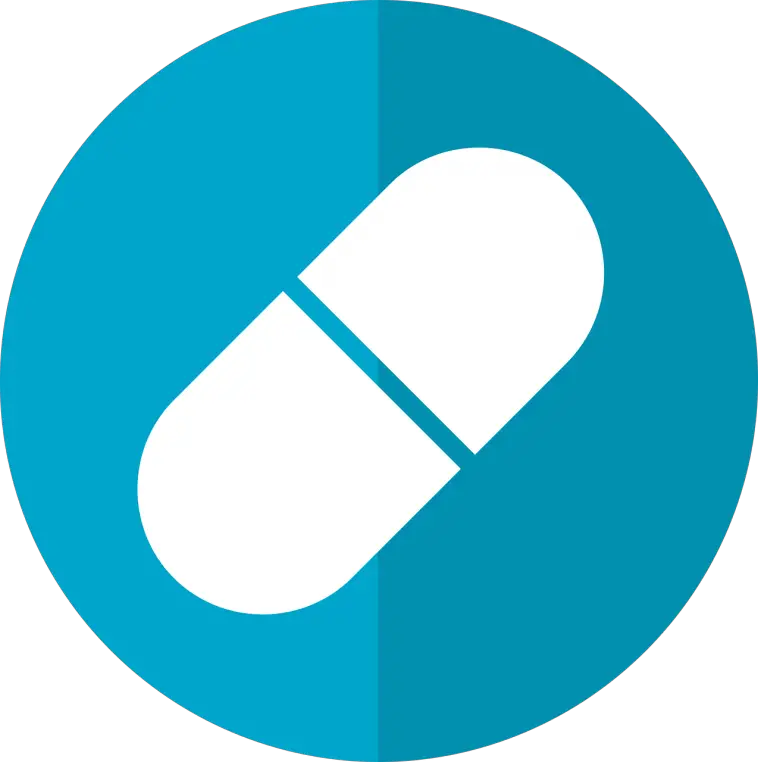Becoming a pharmacy technician offers a chance to participate in a rewarding career in as little as 10-12 months, depending on the program you choose. You’ll be entering a field that’s projected to grow by at least 7% in the next decade, so there should be no shortage of job opportunities available for you to choose from.
Not sure how to get started? If you want to become a pharmacy technician, follow this easy guide and you’ll be on your way in no time! We’ll cover the basic steps you need to take to earn your certification and begin working in the field.
1. Make Sure You Have your GED or Diploma
The first step to becoming a pharmacy technician is getting your diploma or GED. Pharmacy technician programs normally require a diploma or equivalent certification in order to enroll. If you haven’t graduated, it’s time to get back on track and take the GED test so you can move forward with your career.
There are thousands of GED programs available both online and off. Check your local resources to find programs near you, or check out this list of the best online GED programs. Most programs require a small fee, and in most cases, the test itself comes with its own fees.
2. Find a Pharmacy Tech Program
Once you’ve secured a GED (or if you already have one or a diploma), you’ll need to choose a pharmacy tech program that suits your schedule. Depending on the program, you could have the option of expediting your education and receiving your certification in under a year. However, most programs take 18-24 months to complete, and you’ll get opportunities to train under certified pharmacists.
There are a few things to consider when you’re looking for a pharmacy tech program.
- Duration/schedule
- Cost
- Does the program offer hands-on experience to meet your state’s requirements?
Each of these will differ based on program location and which school is offering it. Most major universities will offer a pharmacy program, but there are specialized programs/schools that focus on the kind of degree you’re looking to acquire. Make sure you do your research, do some comparisons, and find the right program for you.
3. Gain Hands-On Experience
Most state requirements for becoming a pharmacy technician include hands-on experience with a licensed pharmacist. You’ll be placed in a retail or another pharmacy environment to learn all about how the pharmacy operates and what your role as a pharmacy tech will ultimately be.
This valuable experience can help you when you graduate and look for a job. You’ll already have a basic idea of how the pharmacy operates, and your day-to-day functions won’t be completely new. Most programs offer hands-on training through partnerships with pharmacies (like Walgreens or CVS), but in some cases, you might need to apply for an internship or even volunteer work at a local pharmacy.
It’s best to just choose a program that already includes hands-on experience in the curriculum to save yourself the trouble of having to look for yourself. Not to mention, some pharmacies might not accept interns or prospective technicians from schools they aren’t partnered with.
Hands-on experience is crucial to just about any training program because there are some things you simply can’t learn in a classroom. You can learn all about anatomy, physiology, and chemistry, but once you get your hands dirty, you might find you learn a thing or two about customer service or organization that you didn’t learn in the classroom.
4. Decide What Kind of Pharmacy You Want To Work In
Don’t worry, if the idea of sitting behind the register at CVS or Walgreens makes you cringe, you’re in luck. Retail pharmacy is just one of the options available to pharmacy technicians. You could also work in nursing homes, hospitals, or other long-term care facilities. You’re not stuck dealing with angry customers in a retail environment!
Different pharmacy environments may have different requirements for their technicians, so be wary of any extra duties you might have to take on. If you’re a more behind-the-scenes kind of person, working in a hospital or nursing home is the perfect way to still help people without being seen all the time.
5. Enter the Field
Congratulations! You’ve earned your certification, met your state’s requirements, gotten hands-on training, and you know exactly what type of pharmacy environment you want to work in. Now it’s time to start applying for jobs in your area! Some pharmacy tech programs actually have work programs to help their graduates find jobs in their field upon graduation, so check with your university/program to see what resources are available.
You’ll be entering a field that can be rewarding on a daily basis. You’ll be helping people get medications that often mean the difference between life and death, as well as interacting with patients and getting to know them and their specific needs.
If you’re compassionate, patient, and have a serious drive to help others, becoming a pharmacy technician is the perfect way to put those attributes to good use helping others.



